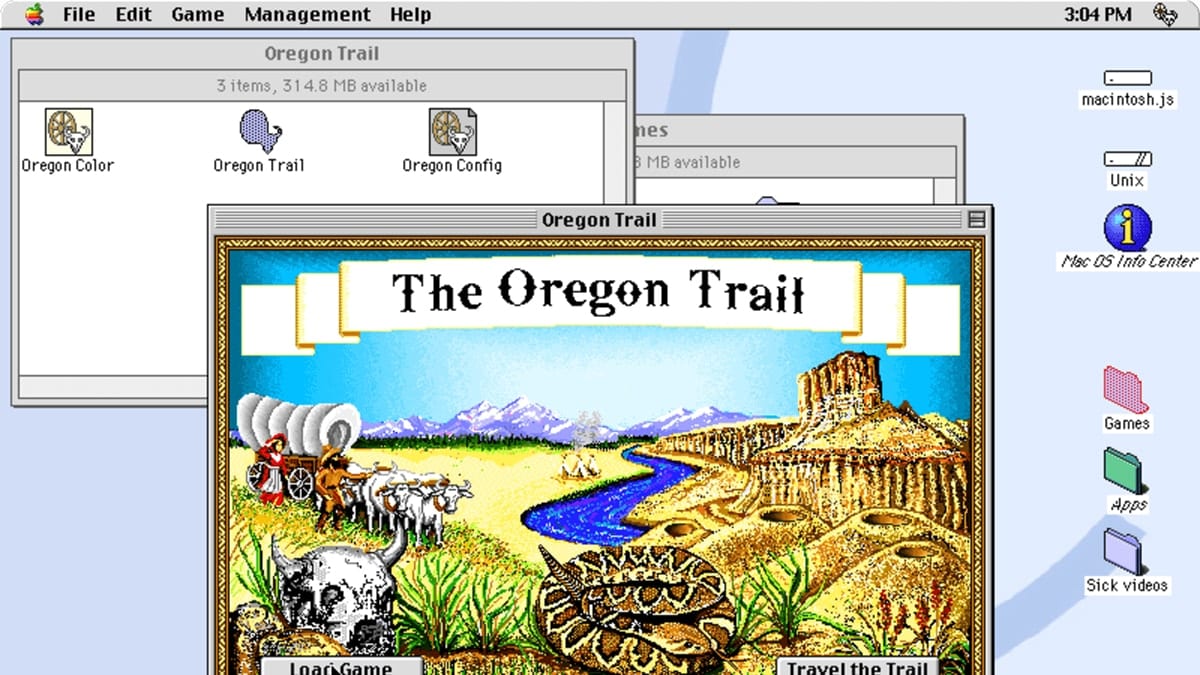


Part of what makes technology useful is that when a tool is invented, it's function and our interface to it don't significantly change for sometimes thousands of years. I agree to some extent, but at some point we (as in society) need to come up with some sort of standard for file formats and for user interfaces that will last for decades. > Technology can't simultaneously progress while still remaining backwards-compatible for years or decades
#Powerpc emulator mac os high sierra software#
The "new" cost of lower performing machines and shorter battery life, is software lifespan. The "WinTel" (is that still a term window/ intel) machines seem to bend over backward for legacy applications to still run, which is part of their appeal (esp to business), but probably saddles them with technical debt. Software support requires endless maintenance esp on mac, and Apple limits support to the last 5 years (or so) of machines. My my old snow leopard machine stopped working getting updates from macOS and became useless, but will run windows/linux. (MacOS before X, 32/64 bit, a lot of my old iOS apps just stopped working with a note to contact the publisher). I doubt they'll do it now for Rosetta2.Īpple does this all the time, pushing aside the old to make way for newer stuff.
#Powerpc emulator mac os high sierra 32 bit#
Probably why they had pop-ups telling us the old 32 bit applications would stop working recently.Īpple could have made "Rosetta 1" open source for enthusiast to maintain. At some point Apple decided that the translation layer would not be supported in the new OS (leaving 3 applications for me to unexpectedly stop working, as I had forgotten they weren't x86 apps). Though again that's just my impression, so I could be wiong in that.Īs someone who went through the PowerPC->Intel change, it was very smooth. If you want to run Win95 use a normal VM Bochs is meant to be a low-level x86 development tool. It's my understanding that that's not really what Bochs is for, though. The partially-implemented kernel is very rudimentary-kernel threads but no userspace threads or forking, no filesystem, no virtual memory and no actual difference between kernel mode and user mode (until the virtual memory assignment, in which the partial kernel we were given did actually do ring transitions), etc.Īnyway all this is to say that we were running a very very bare-bones, stripped-down kernel, and even then it was annoyingly slow, so I expect that it would be still be extremely slow running a "real" OS. Third assignment same thing but a preemptive scheduler. For the second assignment we were given a bootloader and a partially-implemented kernel, and we had to finish the kernel by writing a non-preemptive (cooperative) scheduler (including implementing context switching and so on). The first assignment was to write a bootloader in x86 assembly. However, if you can’t run it on your device, this is the second best.Well, sort of. Mojave, the newest version of MacOS, brought even more improved features to the table. If you’re running Sierra on your Mac, you will be able to run this one as well. Many other discreet changes happened all over the system. It went through a total revamp both visually in its interface and terms of tools and functions available. The most noticeable changes took place in Apple’s Photo App, though. There are also notification controls, and you will experience a boost in performance, too. The users can now control annoying auto-play videos, prevent tracking, and more. They added support for virtual reality headsets as well.īesides that, when it comes to Safari, Mac search engine, there are some notable improvements with the update. These formats compress data - that’s a benefit as files can get huge with ever-rising resolutions. Thus, it boosts performance and helps manage device memory issues.Īpple also introduced new formats for video and photos in this version. It enables the storage and encryption of a large number of files. The Apple file system is the most significant feature it brought. There are few bells and whistles, but the changes are noticeable and positive. High Sierra emphasizes the already-existing benefits of MacOS previous system, Sierra. In essence, High Sierra took what was good with Sierra and developed it into a more comprehensive software.


 0 kommentar(er)
0 kommentar(er)
